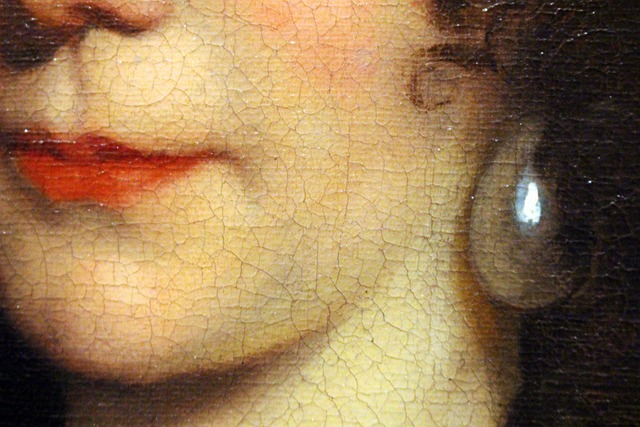In a world saturated with images, where perfection often reigns supreme, the realist photographer stands apart. A realist captures not just a moment, but layers of reality, providing viewers with a narrative that feels authentic and relatable. This guide will explore the essence of layered photography, helping you to represent the world through the lens of realism.
Photography is not merely about pointing your camera and pressing a button; it’s about understanding how to capture the intricate layers that form our reality. Whether you’re using a high-end DSLR or a simple point-and-shoot, the key concept here is to embrace what surrounds you. Realist photographers look beyond the surface, focusing on the textures, shades, and stories hidden within every frame.
To get started, you’ll want to pay close attention to your surroundings. Notice how light interacts with various surfaces—this is where the magic of optics comes in. Different lenses can dramatically alter your perspective. For example, using a wide-angle lens can help encompass broader scenes, emphasizing the layers of a vibrant street or a bustling market, while a macro lens might draw attention to the subtle details of a single flower swaying in the wind.
Layering in photography is about composing your shot in such a way that it tells a story. Consider the elements within your frame. Foreground, middle ground, and background can create a sense of depth, allowing the viewer to feel as though they are stepping into the scene. When shooting in urban settings, think about incorporating strong architectural lines in the foreground, with people interacting in the middle, and perhaps a sunset painting the background sky with hues of orange and purple.
Another aspect of capturing layered realities involves timing and patience. The right moment can unveil stories hidden within an everyday scene. A passerby’s interaction with surroundings, an unexpected play of light, or fleeting expressions can turn a simple photograph into a compelling narrative. Always be ready, watching for those moments, because they often don’t last long and can easily be missed.
Editing plays a crucial role in layering too. Post-processing tools enable photographers to enhance these layered elements, emphasizing textures, colors, and contrasts. However, it’s vital to stay true to the vision of realism. While subtle adjustments can enhance the image, excessive manipulation can detract from its authenticity. A true realist embraces the raw essence of their subjects—distortions may please the eye, but they can obscure truth.
Finally, don’t forget about storytelling. Each photograph should resonate with an idea or emotion that connects with the viewer. Whether it’s the quiet dignity of an elder sitting by the window or the chaotic energy of a crowded street, strive to evoke feelings that encourage the audience to ponder their own experiences.
As a realist photographer, remember that your mission is to reveal the beauty in the mundane and the complexity within simplicity. Layered photography is your tool to invite others into a world that is at once familiar and richly textured, encouraging them to explore the intricacies that often go unnoticed in their daily lives. Grab your camera, and start capturing the layered realities around you. The world is waiting to be seen through your eyes.



